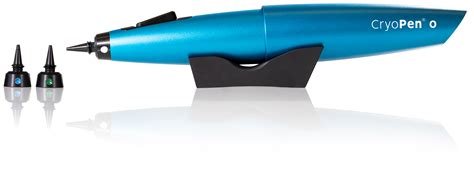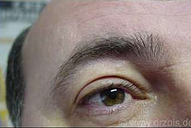Introducing CryoPen
A state of the art treatment that uses extreme cold, or cryotherapy, to painlessly and safely destroy unwanted, benign and superficial lesions on the surface of the skin
WHAT IS IT USED TO TREAT?
CryoPen treats benign skin lesions on the surface of the skin, many of which are no longer able to be treated by doctors under the NHS, due to their cosmetic nature. More complex lesions should be examined first and treated by a suitably qualified medical professional, so you may wish to speak to your GP about them first. It can treat lesions on the face, scalp and body including:
• Skin tags
• Age/liver spots
• Milia
• Cherry angioma
• Viral verrucae (warts)
• Solar lentigo (sun spots)
• Other pigmentation
• Plantar warts
• Condyloma (genital or anal warts)
• Popular nevi (moles, birthmarks etc)
• Contagiosum (water warts)
• Hyperplasia
Treatment is safe for all (including children young adults and pets).
It has four main benefits over other treatments
CryoPen therapy takes far less time; with treatment
sessions lasting less than 2 minutesNo anaesthesia is required and it is virtually painless
It is one of the least invasive lesion treatments in the market
It is used in the treatment of virtually any benign skin lesion
Before And After
HOW LONG DOES IT LAST?
Clinical data shows that the results are permanent after one or two treatments. Some types of skin lesions may return in other places if you are prone to such manifestations.
TREATMENT REGIME
How long you need to apply the treatment before seeing results often depends on the size and nature of the lesion. However, for a normal, superficial, benign lesion, it only takes couple of minutes per treatment. Results are usually observable within 2 to 4 weeks of treatment.
2 weeks following treatment, a follow-up appointment is usually recommended to assess the response to treatment so the practitioner can determine if there is a need for additional treatments to completely remove any remaining lesions or parts of the lesion. In some cases, one treatment will suffice and no follow-up is required for small, simple lesions.
However, if the lesion is too persistent and doesn’t go away following the initial treatment, a second treatment can be done. This second treatment should be done within 1 to 4 weeks of the first one.










